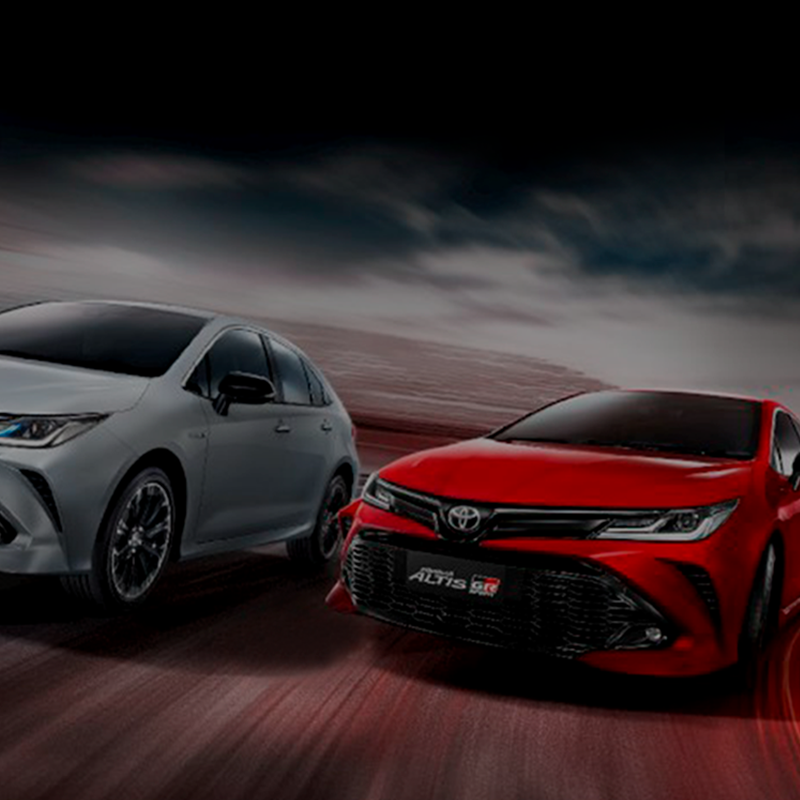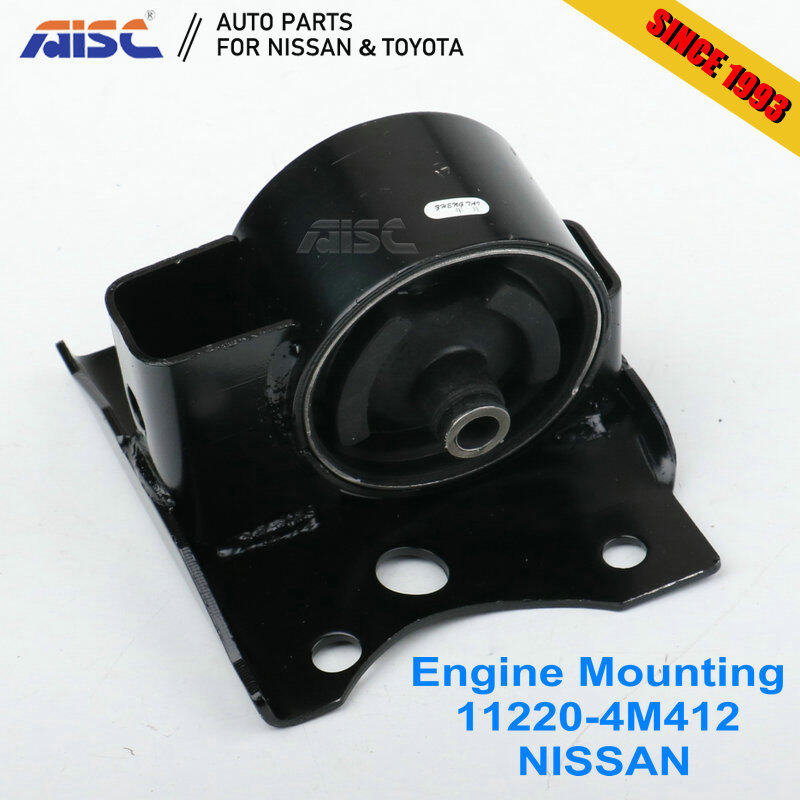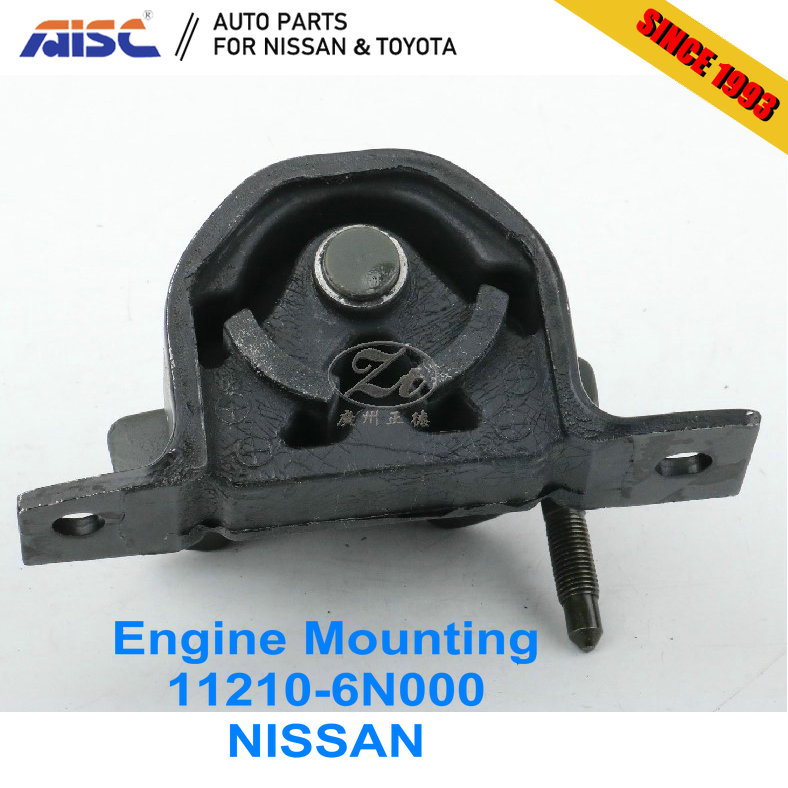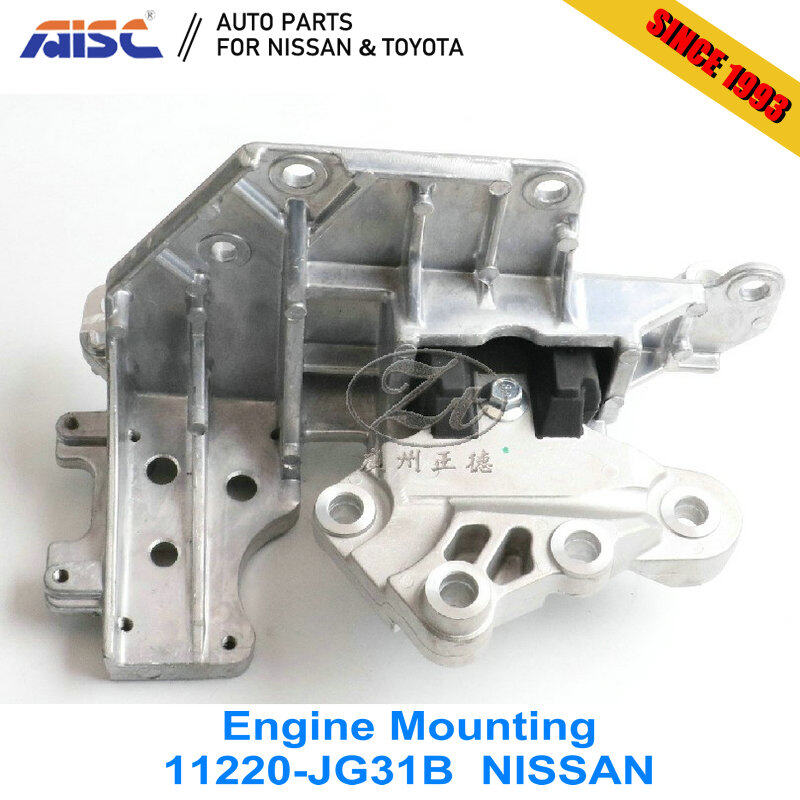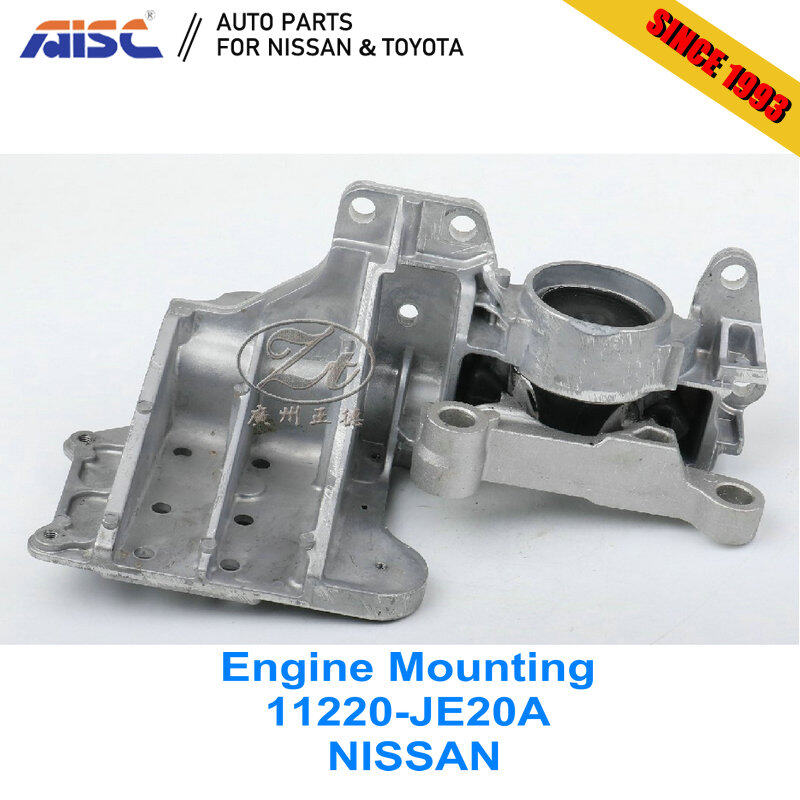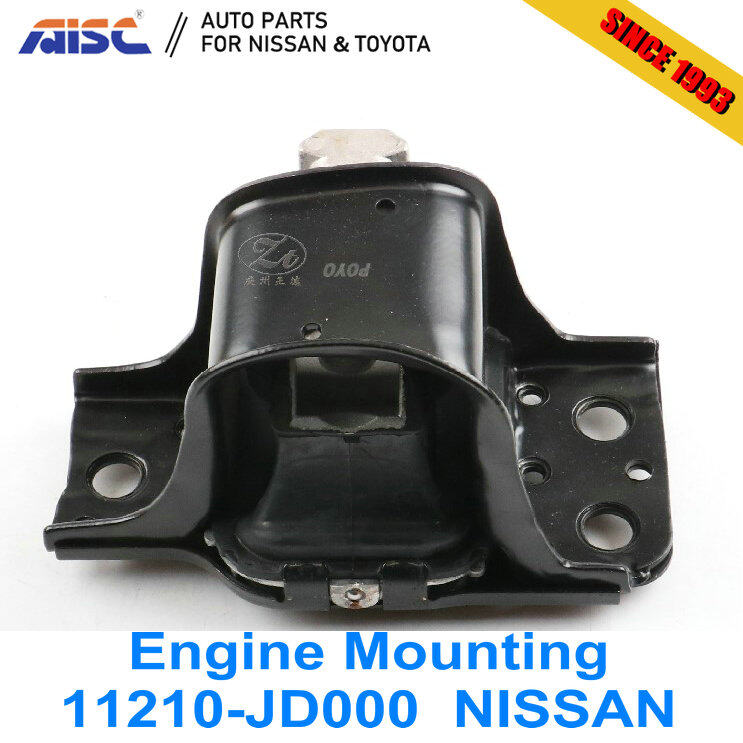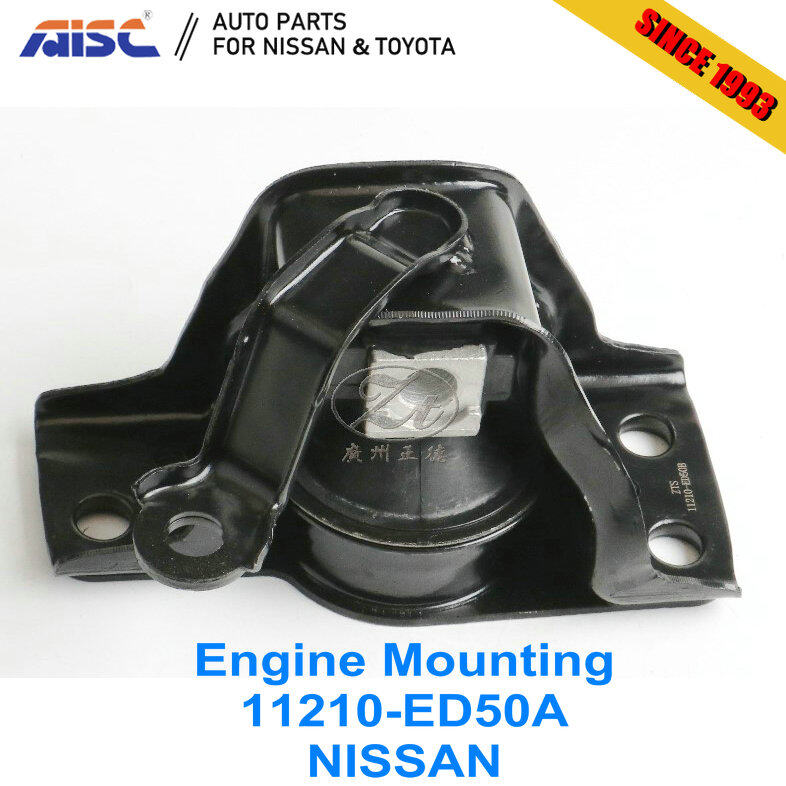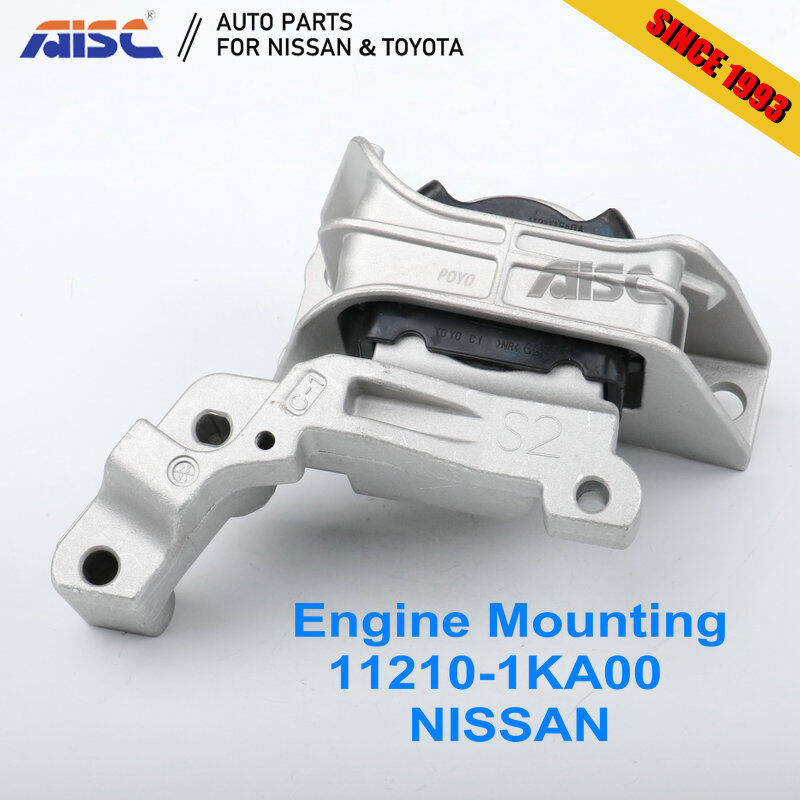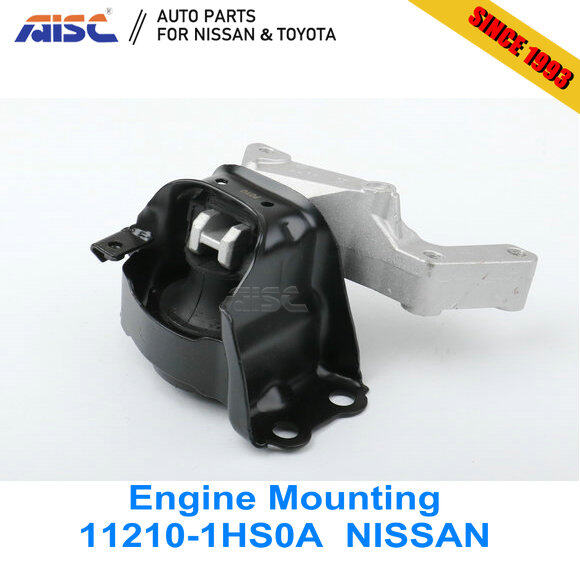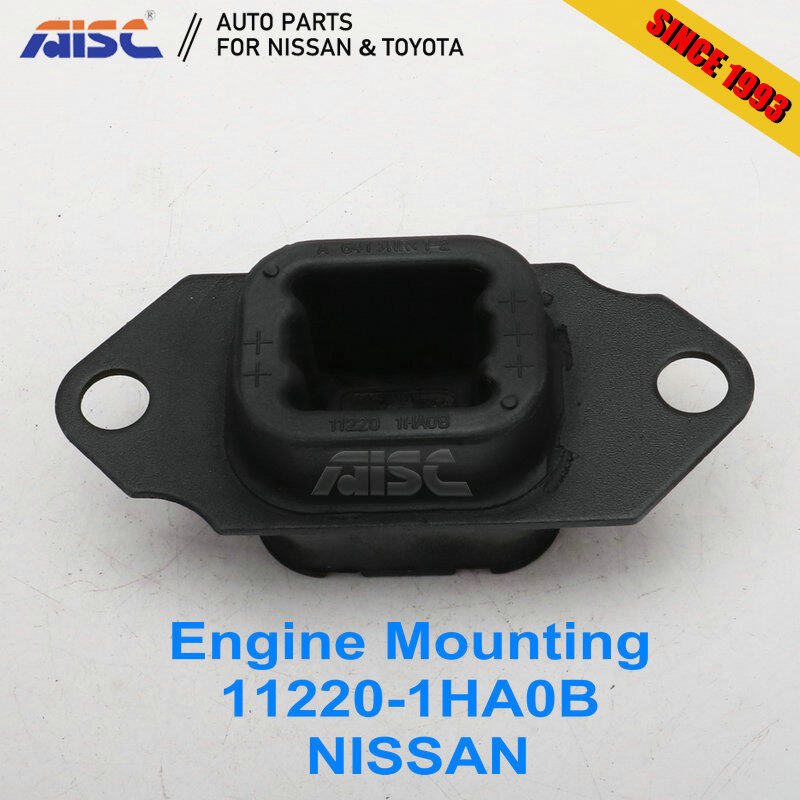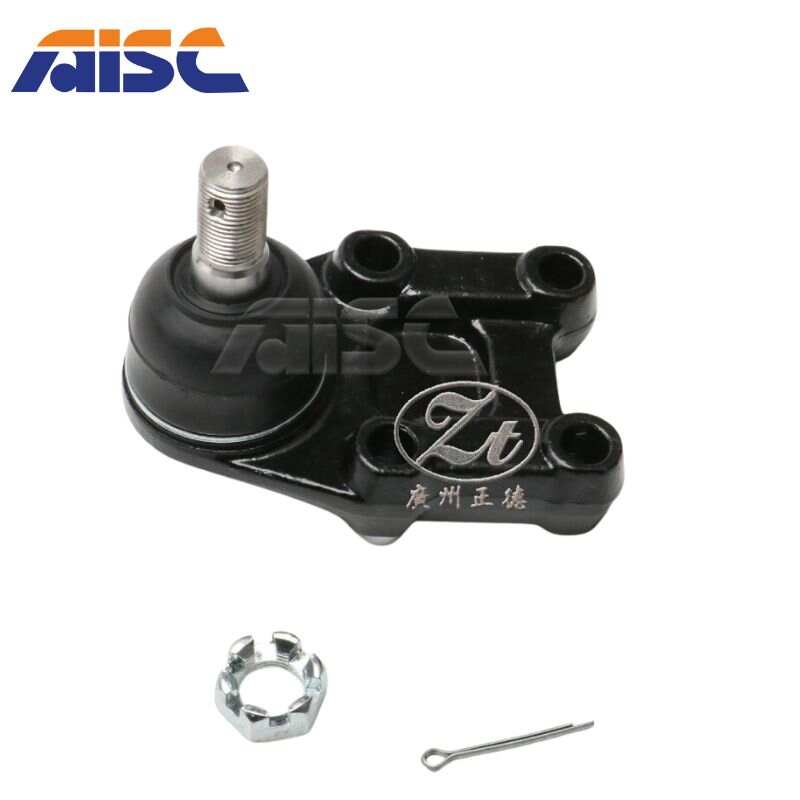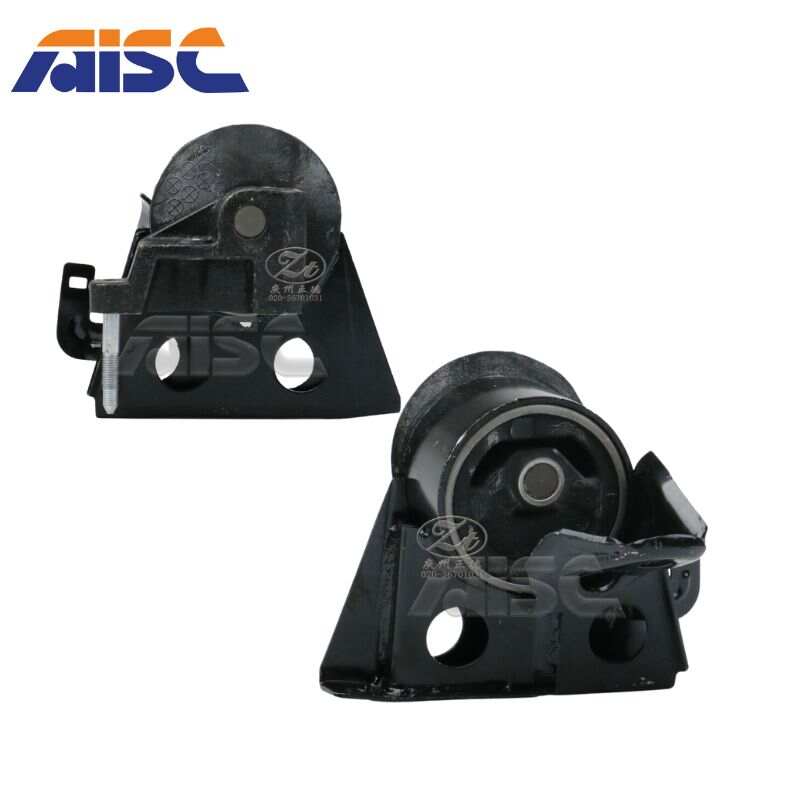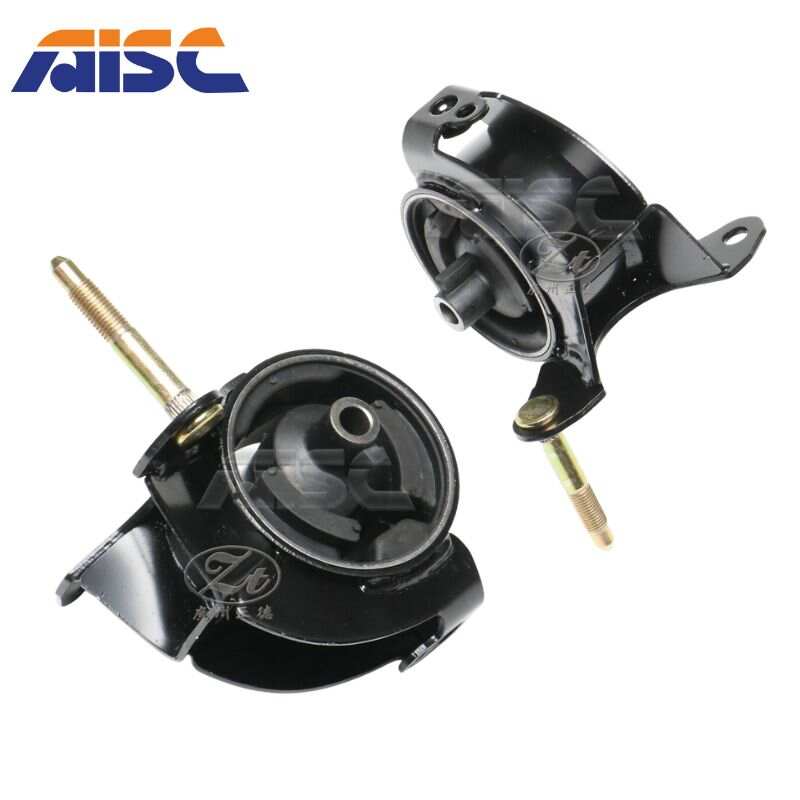Email format error
Email cannot be empty
Email already exists
6-20 characters(letters plus numbers only)
The password is inconsistent
Email format error
Email cannot be empty
Email does not exist
6-20 characters(letters plus numbers only)
The password is inconsistent

Engine Mountings
Engine Mountings
(62)Function: They are designed to secure the engine to the chassis of the vehicle and absorb any vibration or shock that the engine produces. Engine mountings also help to isolate the engine from the rest of the vehicle, reducing noise and vibration while driving.
Material: Nissan engine mountings are typically made from high-quality rubber or polyurethane(rubber mainly), and are engineered to meet or exceed OEM specifications. They are designed to withstand the weight and pressure of the engine, as well as the heat and stress that comes with daily driving.
OE Number of Nissan engine mountings:
11220-JG31B, 11220-JE20A, 11220-4M412, 11220-1HA0B
Overall, engine mountings are an essential part of your vehicle's engine system, and keeping them in good condition is essential for the safe and efficient operation of your vehicle. If your engine mounting may be worn or damaged, be sure to change it asap.
AISC Auto Parts 11220-4M412 Engine Mounting L For NISSAN Sunny N16 Engine Mount
The primary function of an engine mount is to secure an engine to machinery and absorb any shocks and vibrations while the machinery is in operation. Engine mounts and anti-vibration mounts are critical for preventing engine damage and increasing operator comfort (where applicable).
AISC Auto Parts 11210-6N000 Engine Mounting R For NISSAN Sunny N16 Engine Mount
Rubber engine mounts are critical to a vehicle's operation. Without them, all of the disturbing frequencies produced by the engine are transferred to the frame, making it more prone to wear and damage. Engine mounts are designed to prevent the engine's disturbing frequencies from transferring to the chassis or frame. As a result, all connected components and sensors are kept free of excessive vibration and damage.
AISC Auto Parts 11220-JG31B Engine Mounting L For NISSAN Qashqai T31 QR25 Engine Mount
An engine mount is made up of several components. The molded rubber bushing or mount, which acts as a vibration control and cushion, is one of these. Typically, the engine will be attached directly to this part. A bolt will also be used to secure the motor mount, which will run the length of it. The goal is to ensure a rubber break between the two mating surfaces. To increase stability, some motor mounts have a metal cover over the rubber part.
AISC Auto Parts 11220-JE20A Engine Mounting L For NISSAN Qashqai X-trail MR20 Engine Mount
Engine mounts come in a variety of shapes and sizes, depending on the application and amount of energy they must absorb. As a result, most engine mounts are small or just large enough to dampen and absorb energy without taking up too much space.
AISC Auto Parts 11210-JD000 Engine Mounting R For NISSAN Qashqai Engine Mount
These mounts' primary function is to support the motor and absorb vibrations when the machinery is in operation. This prevents unnecessary engine damage caused by vibrations, as well as noise and, overall, improves operator comfort.
AISC Auto Parts 11210-ED50A Engine Mounting R For NISSAN TIIDA HR16 Engine Mount
The engine bracket is also referred to as an engine mounting. The engine mount is the part that holds the engine; one part is bolted to the car body or frame, and the other part holds the engine.
AISC Auto Parts 11210-1KA00 Engine Mounting R For NISSAN C12 C13 B17 U15 Engine Mount
An engine mount is exactly what it sounds like: the component of your vehicle that secures the engine. Because your transmission and engine are bolted together, mounts are required to keep them from shifting. Typically, one mount holds the transmission and two or three hold the engine.
AISC Auto Parts 11210-1HS0A Engine Mounting R For NISSAN Sunny N17 March K13 Engine Mount
Engine mountings, also known as jaws, are the components that hold the engine in place. The engine and gearbox are assembled into the engine compartment and must be supported and fixed in a specific manner in order for the engine to function properly.
AISC Auto Parts 11220-1HA0B Engine Mounting L For NISSAN Sunny N17/ March K13 Engine Mount
Engine mounts are one of the most critical components of any vehicle or piece of industrial equipment. They can be found in airplanes, automobiles, trains, boats, trucks, buses, tractors, and any other vehicle or piece of equipment that has a motor or engine. These small components are critical to the proper and safe operation of any moving machine.

